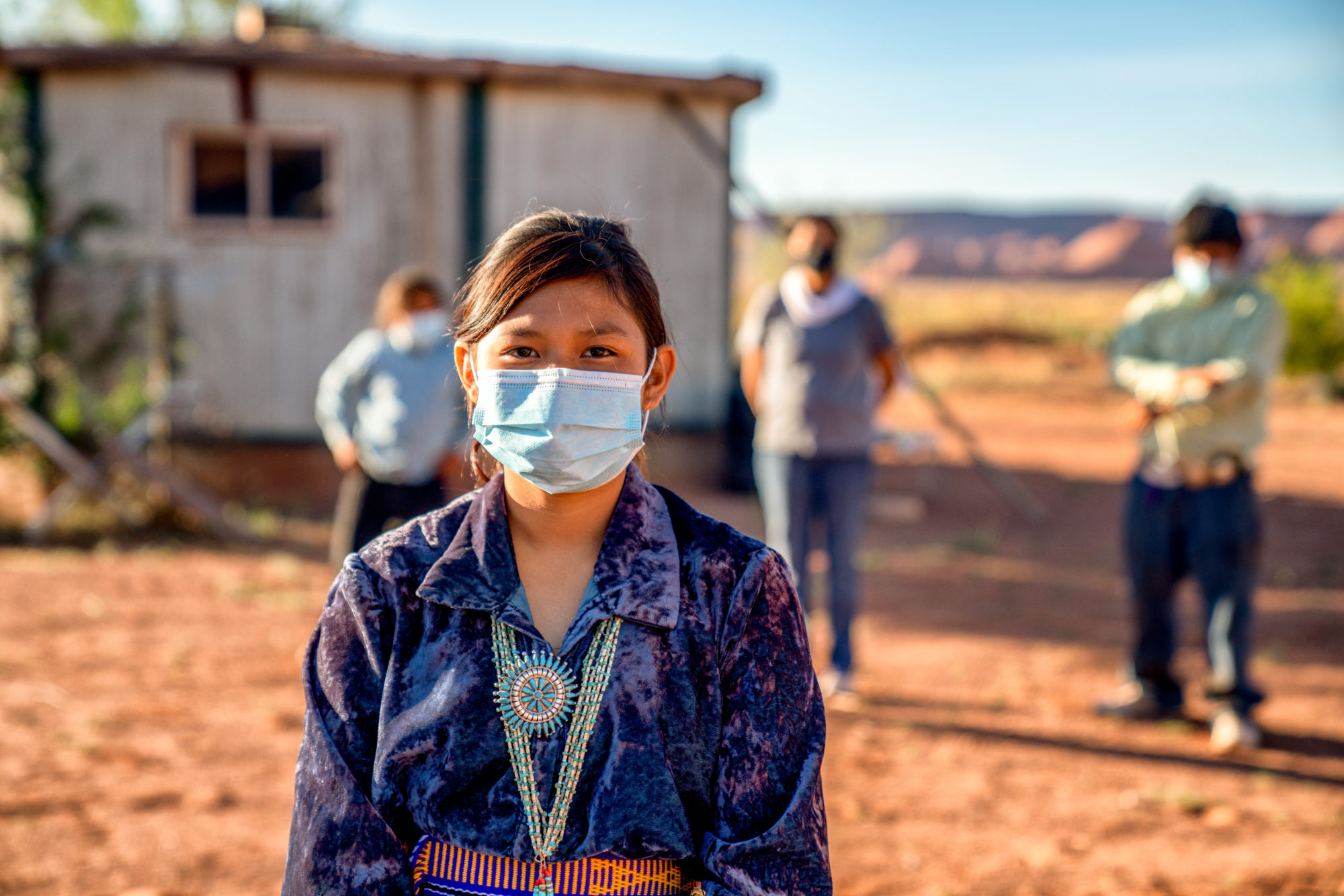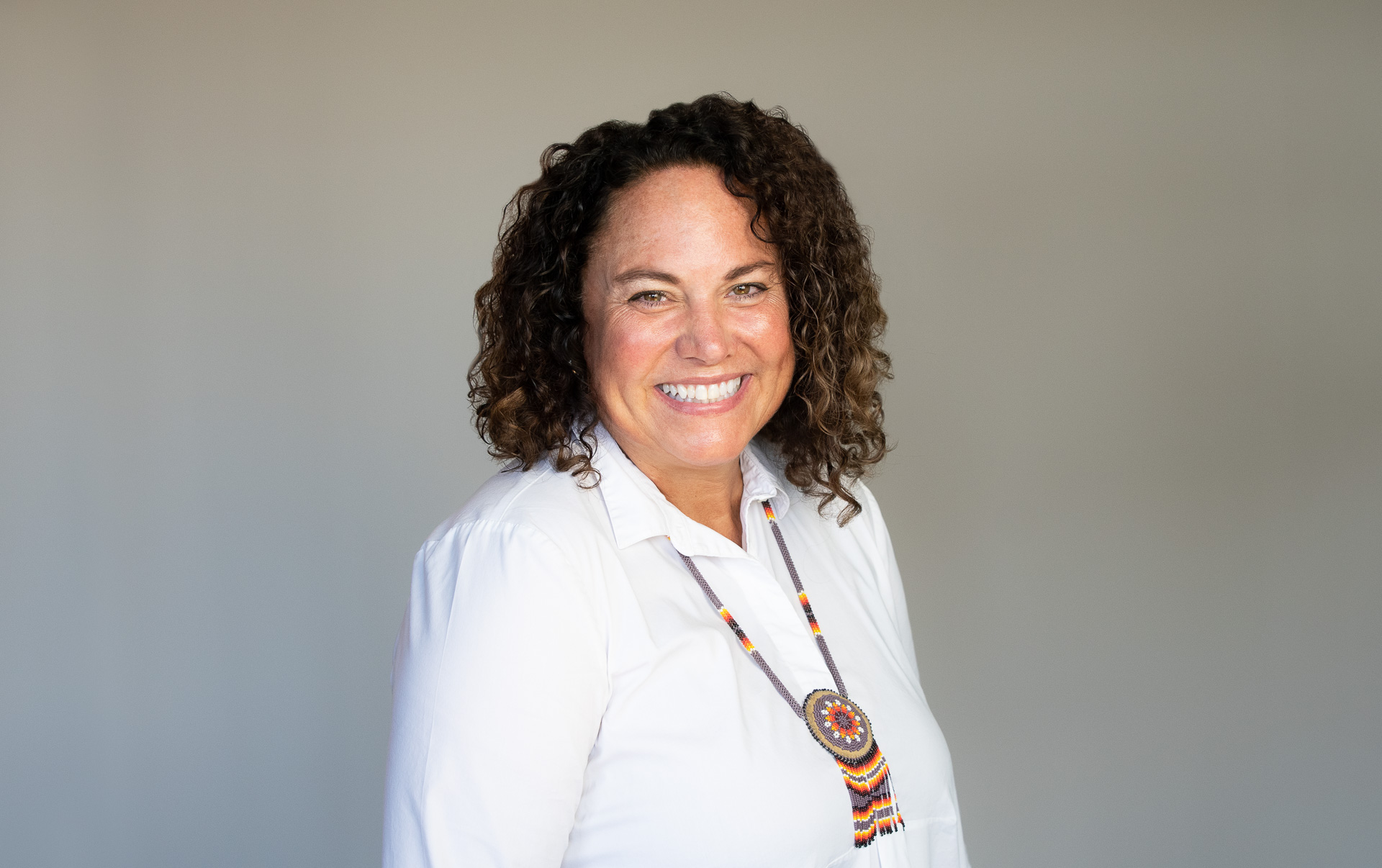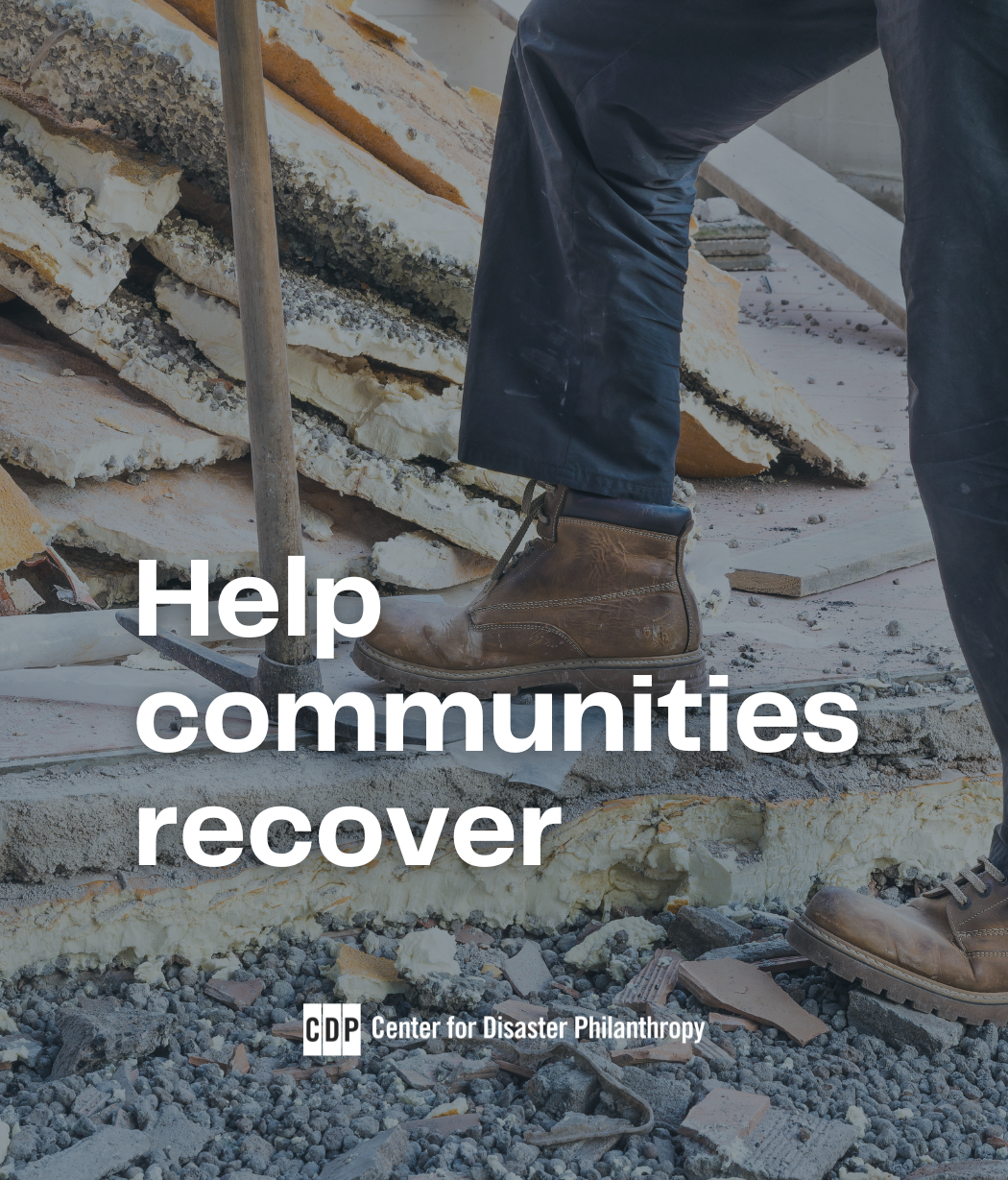Increased funding for Native Americans can’t be a passing trend

The COVID-19 pandemic brought light to the disparate economic and living conditions of many Native American communities and the health disparities Native peoples experience. Philanthropy has a newfound awareness and an interest in supporting Native-serving and Native-led organizations. Funders cannot let this interest and support fade.
Native Americans in Philanthropy reports that of all philanthropic funding by large U.S. foundations, only 0.4% on average is directed to Native communities. American Indian/Alaska Native (AI/AN) people comprise 2.9% of the U.S. population. The Native American population is significantly larger in some states, like South Dakota, where I live. The states with the top Native populations are:
- Alaska, nearly 20% of the state’s population
- Oklahoma, 13%
- New Mexico, between 9 and 10%.
- South Dakota, 9%
Meanwhile, Native Americans account for 2% of the population of California, but it has the highest Native population at 757,628.
Funding categories and Native needs
The funding disparity for Native Americans is even more frustrating when you consider the socioeconomic factors and data that funders typically pontificate about when identifying the needs they will support, as Native Americans have critical needs in many of these categories:
- Poverty: Native Americans have the highest poverty rate of any major racial group, with one in four living below the poverty line.
- Unemployment: Prior to the pandemic, Native Americans had a higher unemployment rate than other groups (7.5% in February 2020). During the pandemic, the Native American unemployment rate jumped to 28.6%, higher than the peak U.S. unemployment rate during the Great Depression.
- Health and health equity: Health disparities include higher infant mortality rates, higher death rates and high incidence of diabetes and heart disease among others. AI/NA have a lower life expectancy than all other U.S. races.
- Education: Native Americans have lower rates of high school graduation or GED completion.
- Safe and affordable housing: Many homes on tribal lands do not have access to running water.
None of these issues are new, but there is a new awareness and willingness by philanthropy to tackle some needs. Some funders were generous to Native needs during the pandemic; corporations got on board, and many individuals and groups launched crowdfunding and grassroots campaigns to help. I contend that Native American needs should continue to be at the top of all our priority lists.
How do you earmark funding for Native projects if Native Americans aren’t in your strategy or on your priority funding list? Do you fund to meet the needs listed above? Or perhaps your organization funds economic development, food security, broadband and technology, youth leadership, arts and culture, environment, racial justice, or disaster response, relief or recovery. If so, you need to fund those issues in Native communities.
Getting started
Recently, the CDP Midwest Early Recovery Fund sent out our quarterly email to our partners, sharing an update on the first two years of the Native American and Tribal Communities Recovery Program. We received more than a dozen email responses, which led to a handful of meetings and potential partnerships.
They asked questions that prompted meaningful discussions, including:
- How do we start?
- How do we work with Native communities or organizations?
- How do we do a better job?
Funders want to learn more and want to know how to work with and fund Native-led organizations.
My thoughts from my work and life experience on how to do so always circle back to relationships:
- Who do you know/who can you partner with in the community?
- If you don’t know someone local, get an introduction from someone.
- Start building relationships and be patient and persistent.
- Listen to the needs and the local community.
- Learn about and understand the assets, don’t just focus on the needs.
- Utilize and learn from the local knowledge and experience.
- Focus on the relationship, not a transaction. If a grant opportunity presents itself, work in partnership and try to break through the funder/fundee paradigm
- For more thoughts on partnering with Native-led and Native-serving organizations and communities, see CDP’s two-year report on the Native & Tribal program.
I believe the interest in and funding of Native issues is not a passing trend, but rather a philanthropic movement toward more equitable and just giving. As funders, let’s ensure that the attention and support doesn’t subside.

